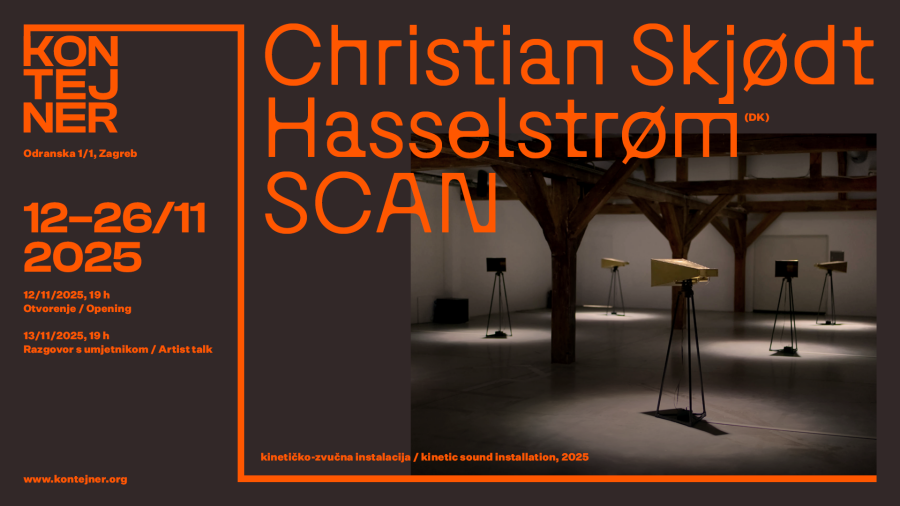The electromagnetic spectrum, as a scientific concept, refers to the range of all types of electromagnetic radiation — waves of energy that travel through space at the speed of light and differ in wavelength and frequency. From radio waves, used for communication and broadcasting at one end, through microwaves, infrared radiation, visible light, ultraviolet and X-rays, to gamma rays produced by nuclear reactions and cosmic processes at the other end of the spectrum. All electromagnetic waves share the same fundamental nature — the vibration of electric and magnetic fields — yet their different wavelengths give them distinct properties and applications in science, medicine, and everyday technology.
But the electromagnetic spectrum is not only a scientific concept. It is the landscape in which we live, yet rarely perceive. From radio waves to gamma rays, it forms an invisible network that carries our messages, illuminates the night, warms our skin, and maps the universe. To explore the spectrum is to step beyond the limits of human perception, into the deep space of invisible experience.
At the core of Danish artist Christian Skjødt Hasselstrøm’s artistic practice lies an interest in exploring the boundaries of human perception and the invisible forces that shape our daily lives. He approaches technology as an instrument for extending sensory experience and awareness. His works investigate the possibility of expanding and augmenting the human body and its sensory system, bringing it closer to phenomena that elude direct perception. This is also the foundation of his latest work, through which he seeks to grant access to some of these phenomena — those that constantly surround us yet remain imperceptible due to our limited human capacities.
"SCAN" is a kinetic sound installation that explores precisely these inaccessible phenomena from our immediate surroundings, using advanced experimental detection technology to extend and examine human sensory and cognitive capacities. "SCAN" employs a series of six rotating detector systems that directionally capture and amplify signals in the microwave range. This part of the electromagnetic spectrum is densely populated with human-made technologies that support a broad array of communication and sensing functions — from everyday technologies (such as mobile phones, Bluetooth, and wireless internet) to advanced scientific research (including satellite communication, radar, and radio astronomy).
"SCAN" continues Skjødt Hasselstrøm’s artistic inquiry and practice. While his previous works focused on natural phenomena such as electromagnetic energy ("ÆTER", 2017), solar radiation ("The Receiver", 2019), and cosmic rays ("μ", 2022, and "Myriads", 2024), "SCAN" turns its attention to phenomena in our immediate environment — those created by humans themselves.
The installation was realised as part of an EMAP - European Media Art Platform residency, with support from the Danish Arts Foundation, Danish Composers’ Society / KODA Culture and New Carlsberg Foundation.
Organization: KONTEJNER | bureau of contemporary art praxis
Curator: Tereza Teklić | KONTEJNER
Technical realisation: Jakov Habjan, Filip Pacak
Design: kuna zlatica
PR and communication: Inesa Antić




